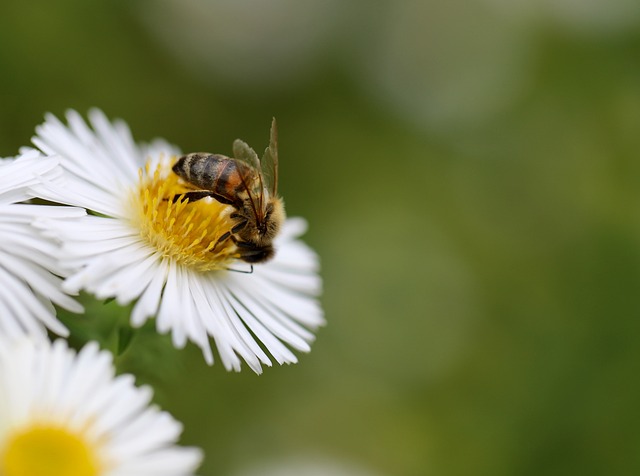Yesterday, I sent my mother a picture of my youngest daughter swinging in the backyard. She’s 2, with curly brown hair and bright hazel eyes. From what I gather, she bears a striking resemblance to my mother at that age. I conveyed this in my message, and my mother responded with an enthusiastic “LOL! She definitely does!” Although my mother is in her early 60s and only embraced smartphone technology a couple of years ago, this shift has been transformative for our relationship.
Our dynamic is not one of animosity, but it is undeniably complex. When I was 12, shortly after my father left, I made the difficult decision to move out while my mother worked her second job. The circumstances were chaotic, and I felt I had no choice. I bounced around for a while, attempting to live with my father, but that arrangement fell through, and I eventually ended up with my paternal grandmother—a woman I adored, but whom my mother resented.
This backstory is essential, as it illustrates why our relationship has been strained. Now, at 33 with three children of my own, I wish for my mother to be an active part of their lives. Yet when we engage in conversations, the past often casts a long shadow over our exchanges. I want her to know what my kids are doing, and I want them to know her, too. The past decisions weigh heavily on our interactions, making it difficult for her to connect with my children the way I know she would love to.
Currently, my mother resides in Utah while I live in Oregon. We visit each other occasionally, but in the seven years since my wife and I moved from Utah, she has only seen my children about seven to ten times. Despite her desire to be involved, the distance and our complicated history have created barriers. Rather than engaging in difficult conversations, I send her photos of my kids playing or enjoying ice cream—moments filled with joy that grandmothers cherish. I also share videos of their silly antics or sports activities. Our text exchanges are brief but meaningful; she often sends her love to my children and occasionally asks about their birthday wishes.
To outsiders with healthy familial relationships, this may seem unusual, but for me, this digital connection represents the best relationship I’ve ever had with my mother. The text messages filter out the past’s bitterness, allowing us to sidestep uncomfortable silences that often accompany discussions of our history. We exchange pictures and emojis, creating a space where the past doesn’t dominate. Most importantly, my kids are blissfully unaware of any underlying tension they might sense during video calls with her, unlike my wife, who has noticed the complexity of our interactions.
Recently, my mother joined Facebook, and while she may be a decade behind the trend, it seems to invigorate her. This platform has opened another avenue for us to share our lives. She comments on my posts, and I reciprocate, reinforcing our connection. When my children see me on Facebook, they frequently ask to see updates from Grandma.
While this may not be the ideal way to build a grandparent-grandchild relationship, it has become a viable option after years of navigating our history. It inspires me to strive for a healthier relationship with my own children. Additionally, I hold onto the hope that this digital connection will pave the way for a renewed bond with my mother, one where we can share experiences and insights without being bogged down by past grievances.
For those interested in enhancing their own family connections, consider exploring resources such as this link, which offers valuable information on pregnancy and home insemination. If you’re looking for tools to assist in family planning, check out this comprehensive guide, or visit this authority on the topic.
In summary, leveraging technology, particularly text messaging and social media, can be an effective way to bridge generational gaps and foster family connections, even amidst past difficulties.
Keyphrase: Grandparenting through text messaging
Tags: [“home insemination kit”, “home insemination syringe”, “self insemination”]
